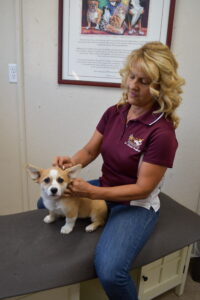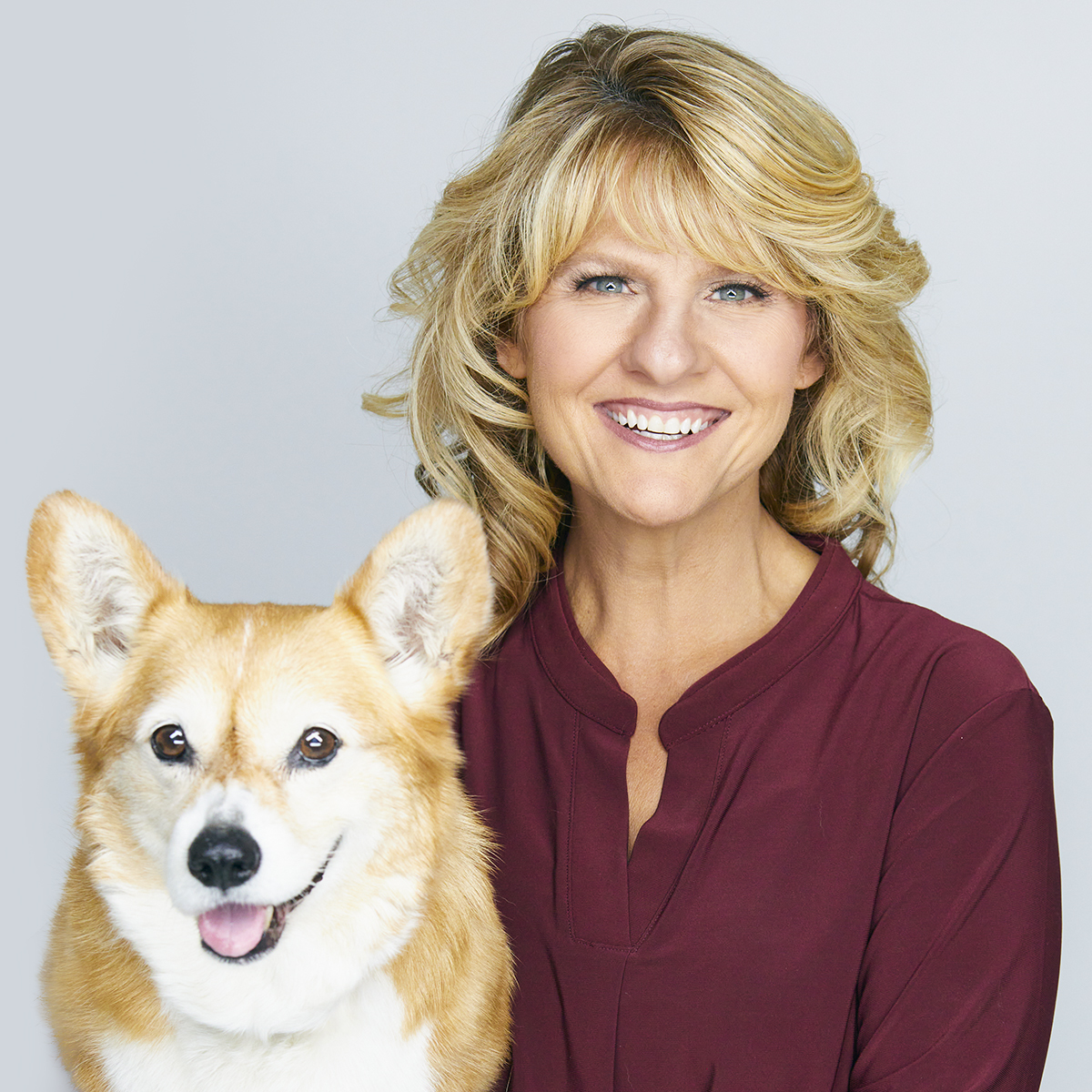As I stated earlier, assessing the gaits of the equine can be challenging. It takes a lot of practice and a good eye to pick out subtle lameness. Not all lameness is obvious to the average person. First, let’s define lameness as soreness or “off” (subtle) to lame (obvious) in one or more legs. A lame horse will typically “short stride” (shorten swing phase) on the affected leg. Pain causes the horse to spend less time bearing weight on the affected leg.
When I assess a horse, I watch it travel in a circle and/or in a straight line. Hard or firm surfaces are better to visualize subtle soreness whereas; obvious lameness will easily show up on soft ground. I typically observe the horse at the trot and sometimes at a lope/canter. The trot helps most lameness to be seen easily as it is a two beat gait (see last month’s article). Some hind end soreness is better observed at the lope/canter. I look for 3 key things when watching a horse travel. The length of the stride, how long the feet “hold the ground” and head bobbing.
To assess length of stride, I observe the horse on a circle. I watch all four legs and see how far they reach out in front of themselves before hitting the ground. I look for both front and both back legs to reach out evenly. If a horse is not striding out as much in one leg I will later perform flexion tests on that leg to help pinpoint which joint or area is plaguing the horse. Stifle soreness will generally show up as a shorter stride, dragging of the toe and is more pronounced on outside of the circle.
The second thing I assess is how long the feet “hold the ground”. If the horse is sore in a leg, they typically are quick off that leg in the first phase of the stride to avoid prolonged concussion and compression. For example, a horse that is sore in a hock is quick off it at the lope/canter, especially if that leg is on the inside of the circle. Often times, the hip of the affected leg will hike higher than the non-affected leg or the hock appears to have a “popping” action. I will then flex the hock for one minute and watch the horse travel at a trot, in a straight line on hard ground. This causes the lameness to be more pronounced.
Head bobbing is the third thing I look for with lameness. It can be subtle at the trot or very obvious at the walk. The head will rise when the sore leg hits the ground to shift the weight to the hind end and ease pressure on the front. Hind end lameness will bob head down on sore leg to shift weight to the front end. Head bobbing may be subtle or very obvious depending on the area causing the soreness.
Lameness can be very challenging to diagnose. Often times soreness resolved in one limb leads to the discovery of an issue in another. I often say it’s like “peeling the layers” of an onion. There are many videos on the internet to aid you in visualizing normal equine gait and different lameness.




